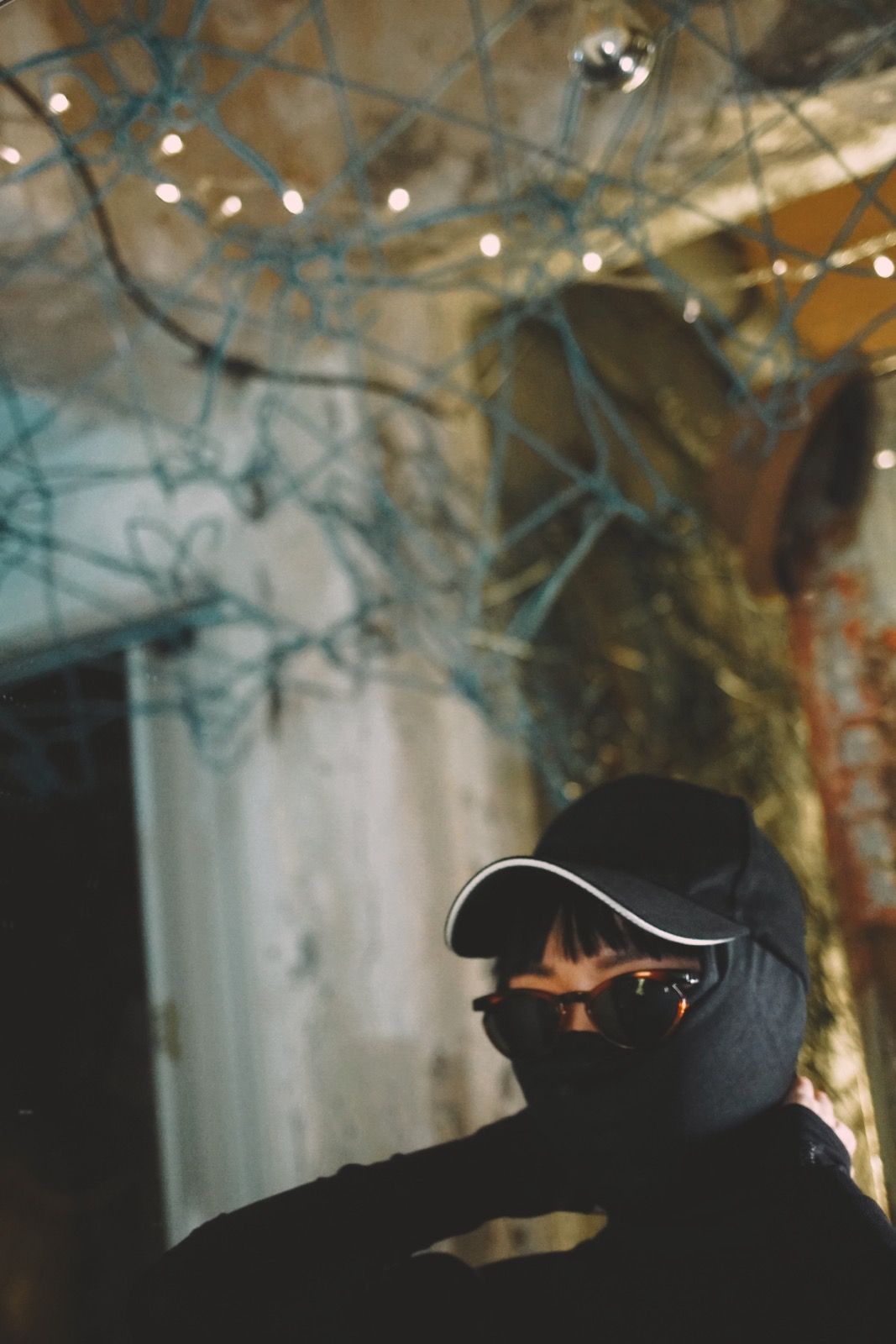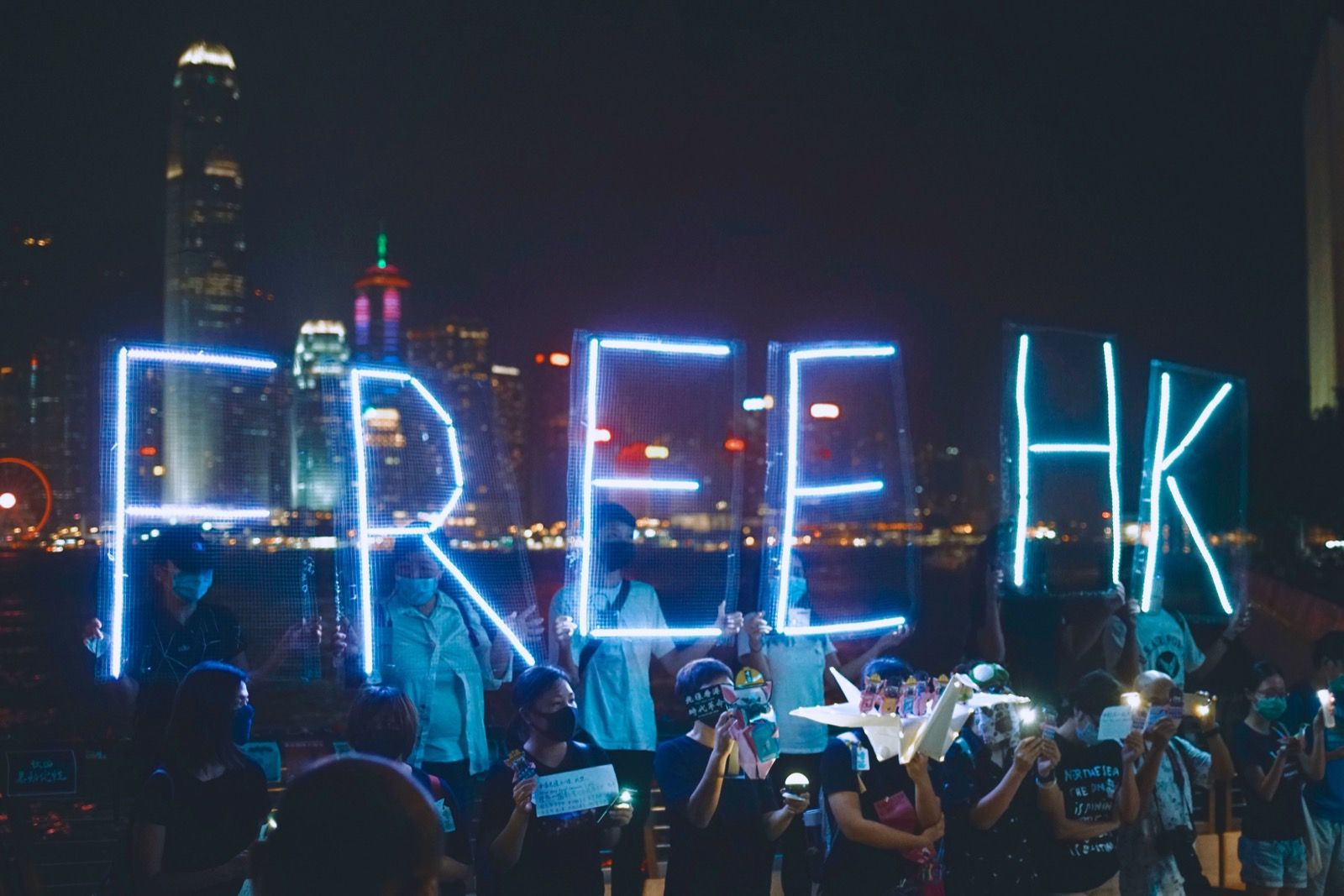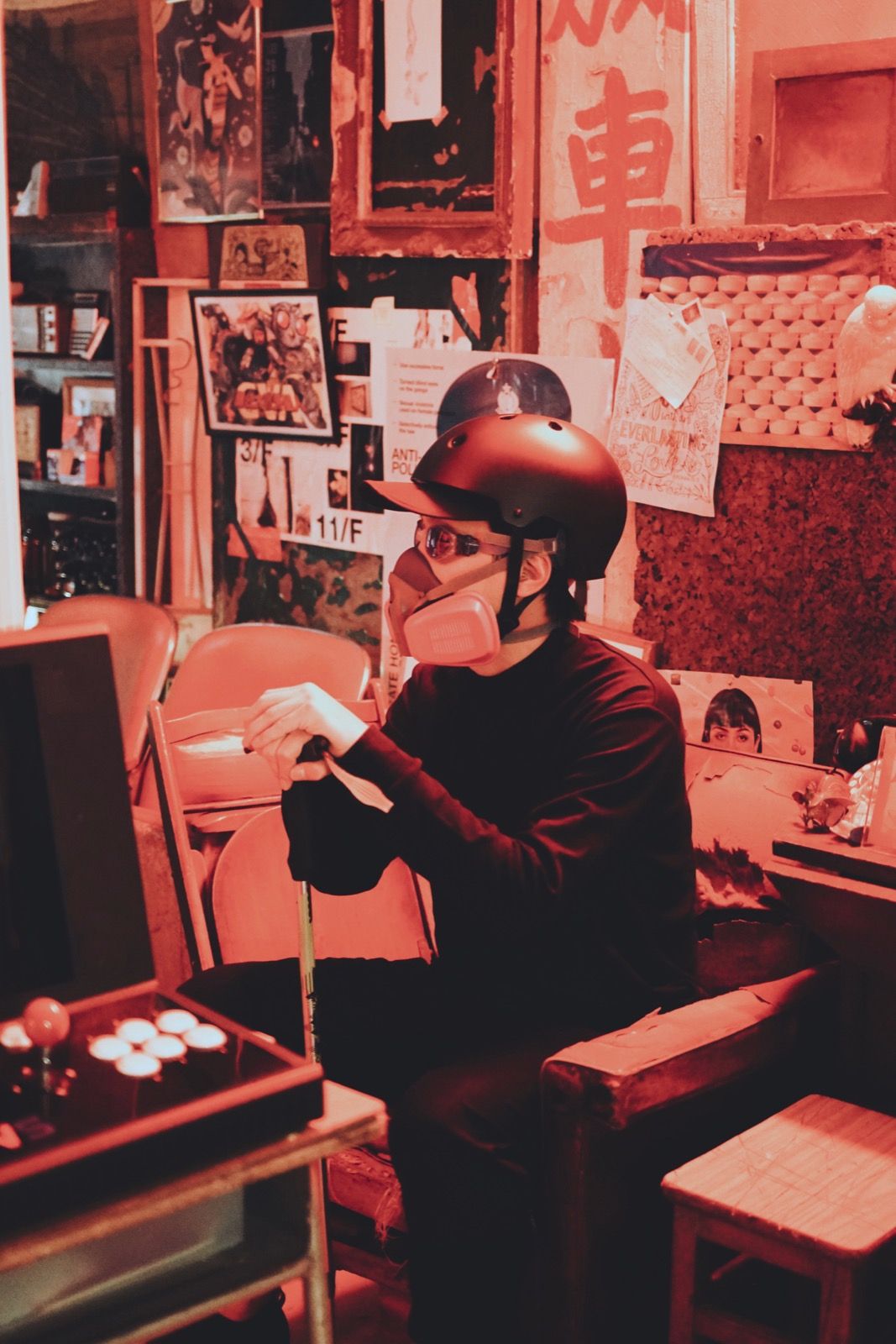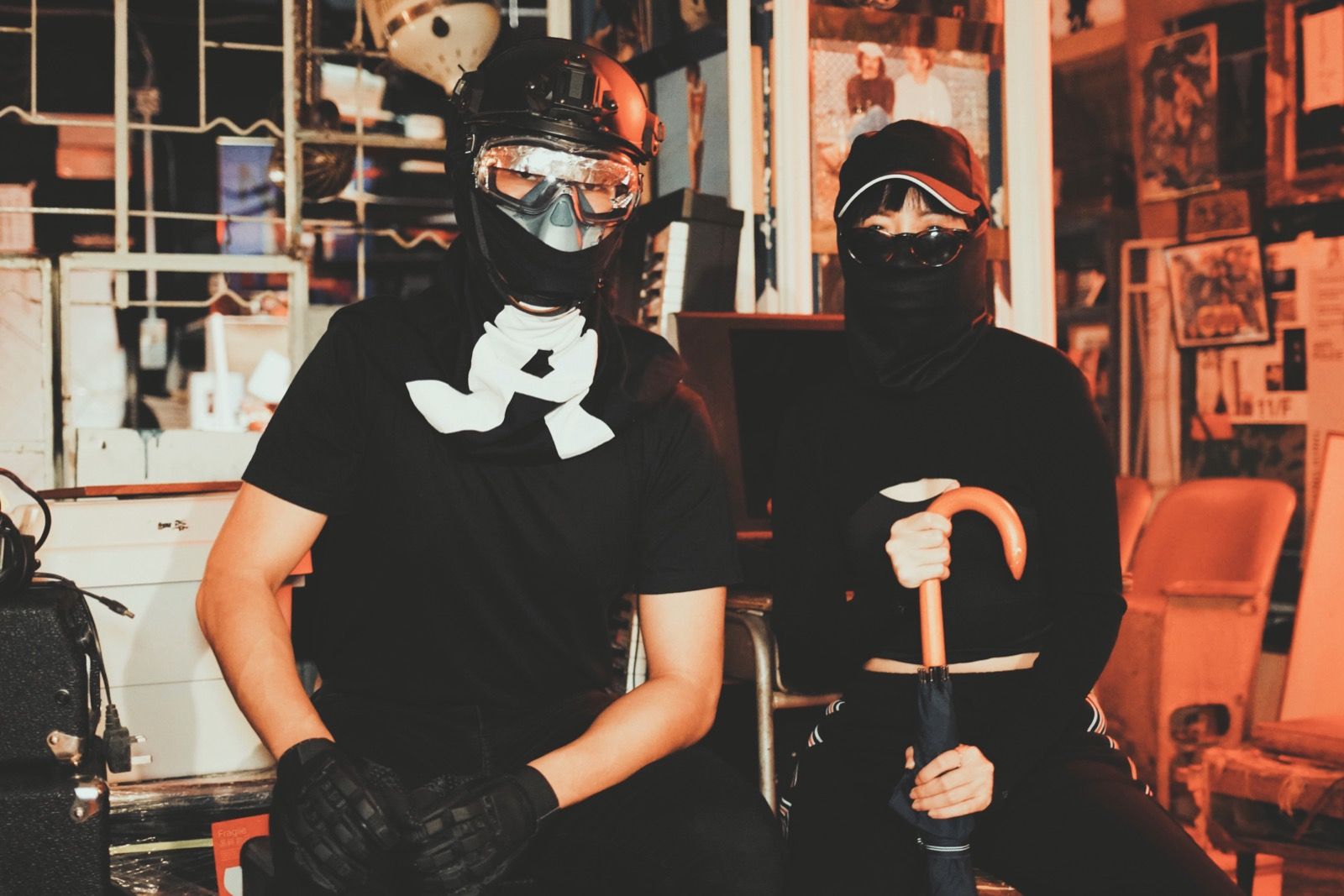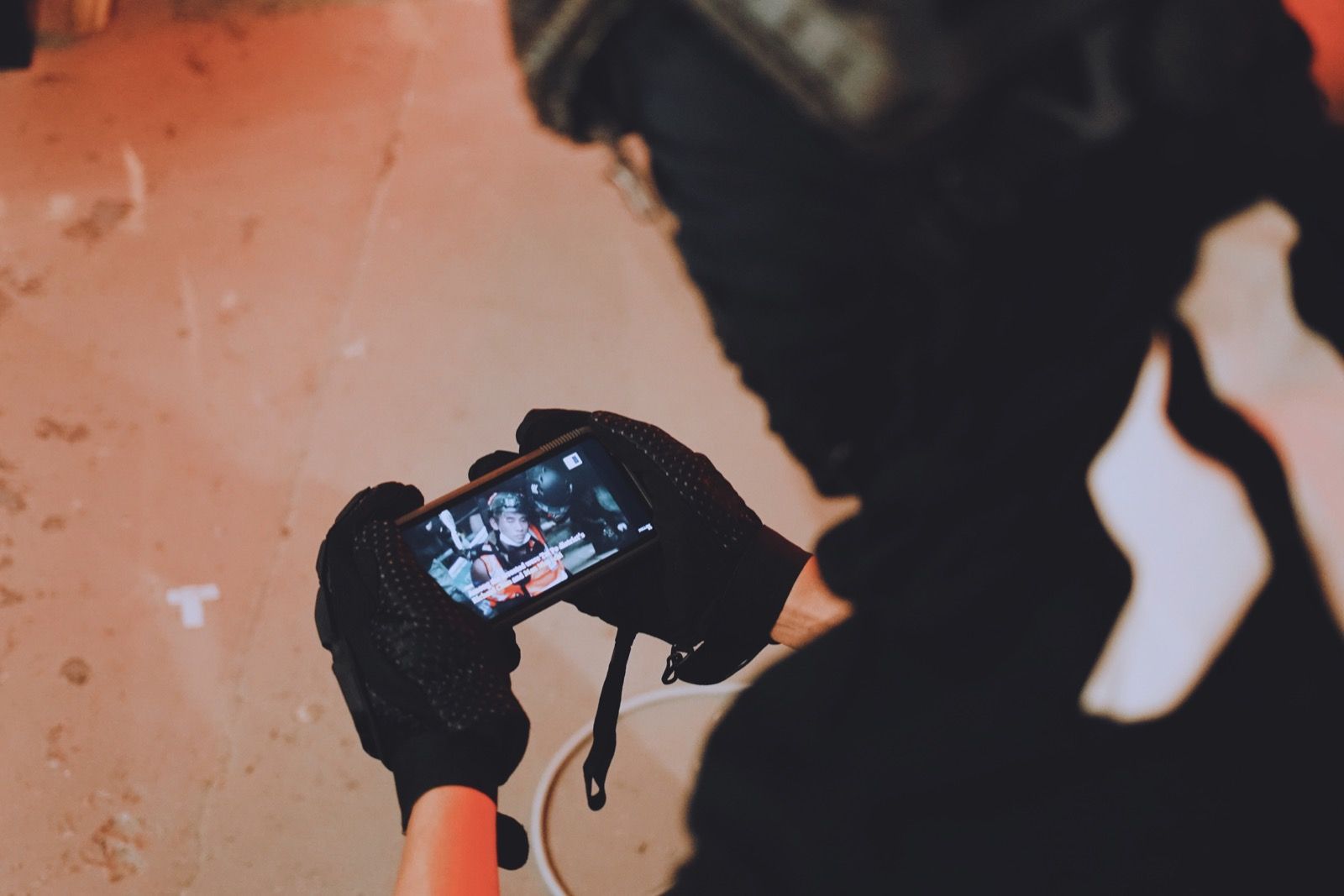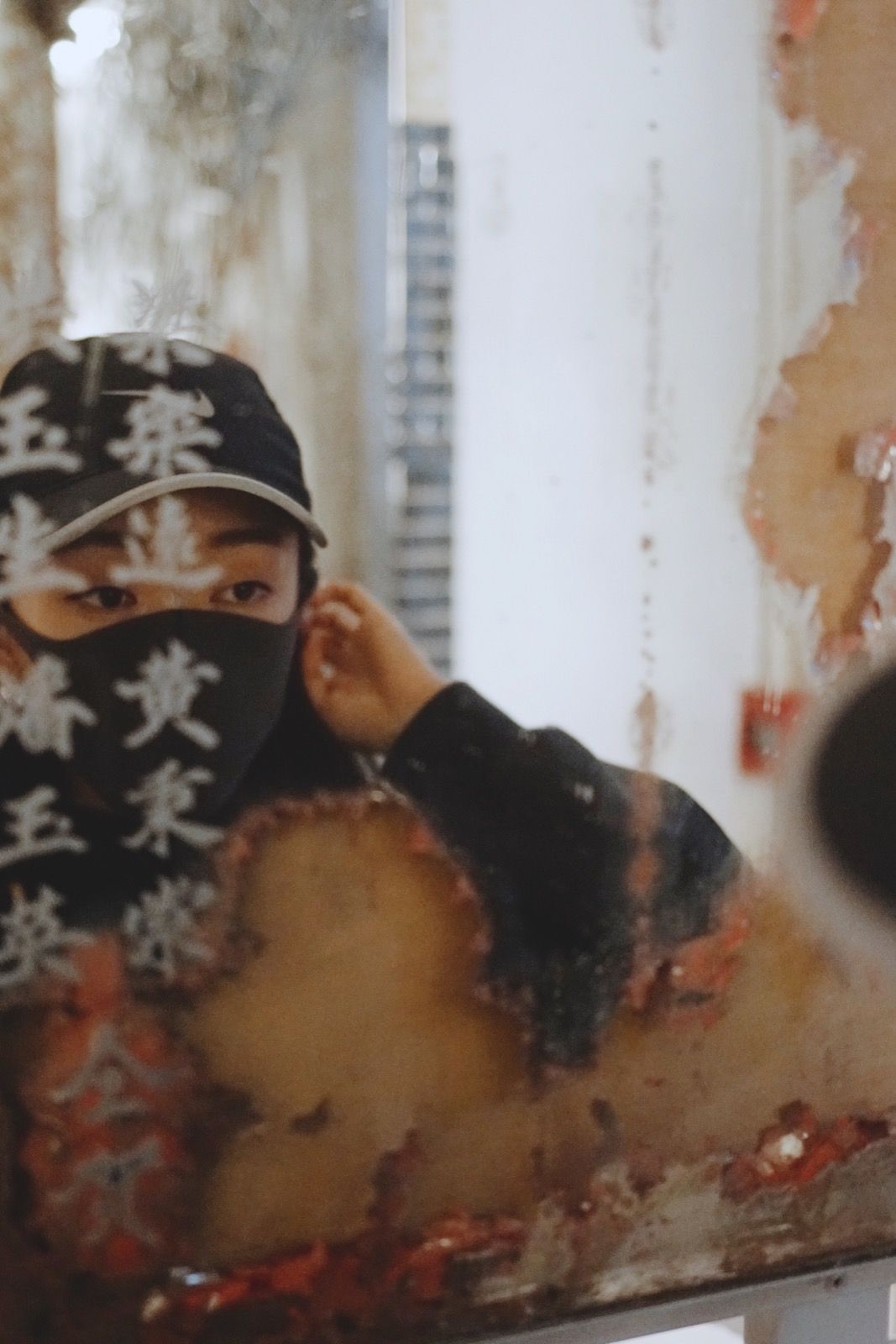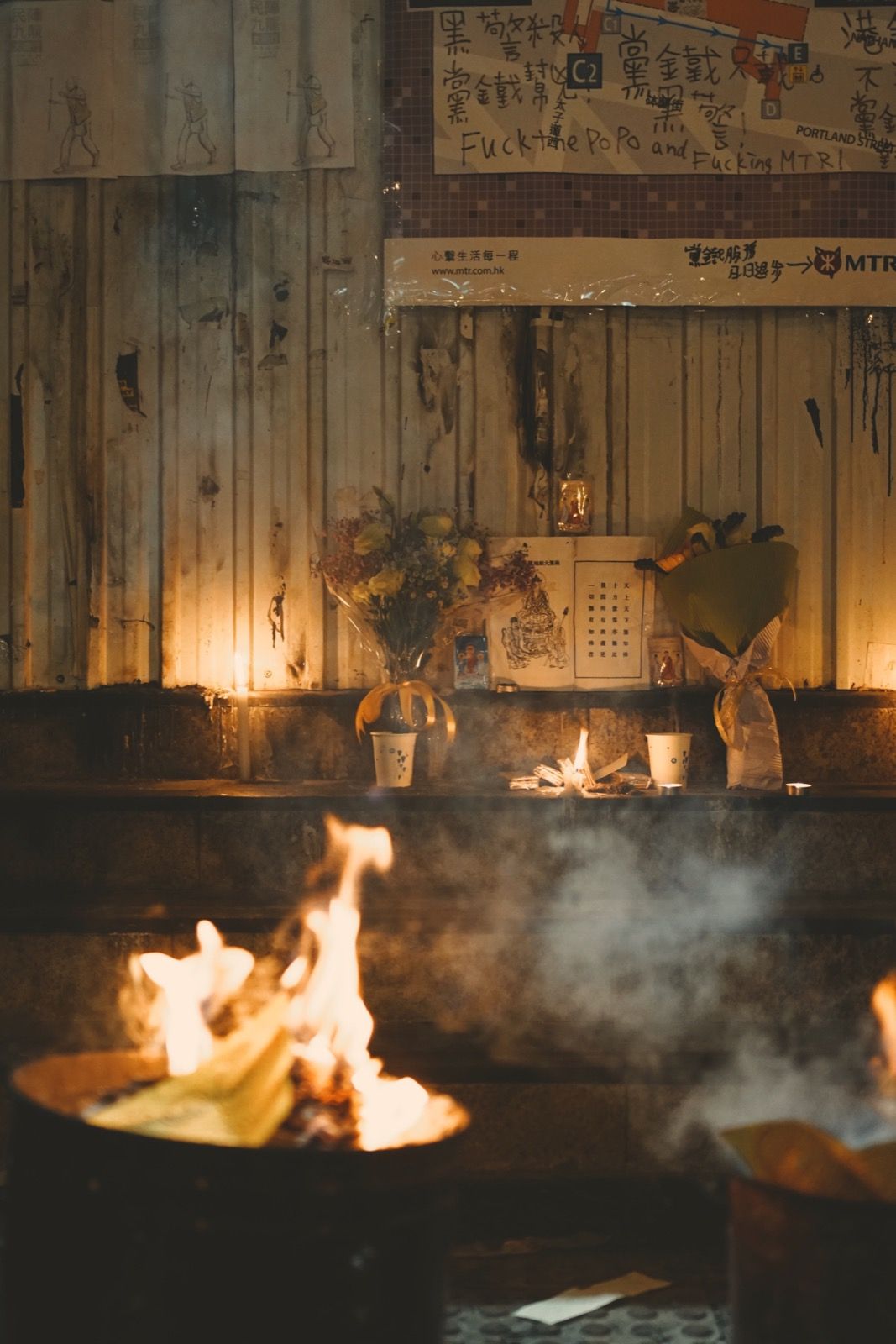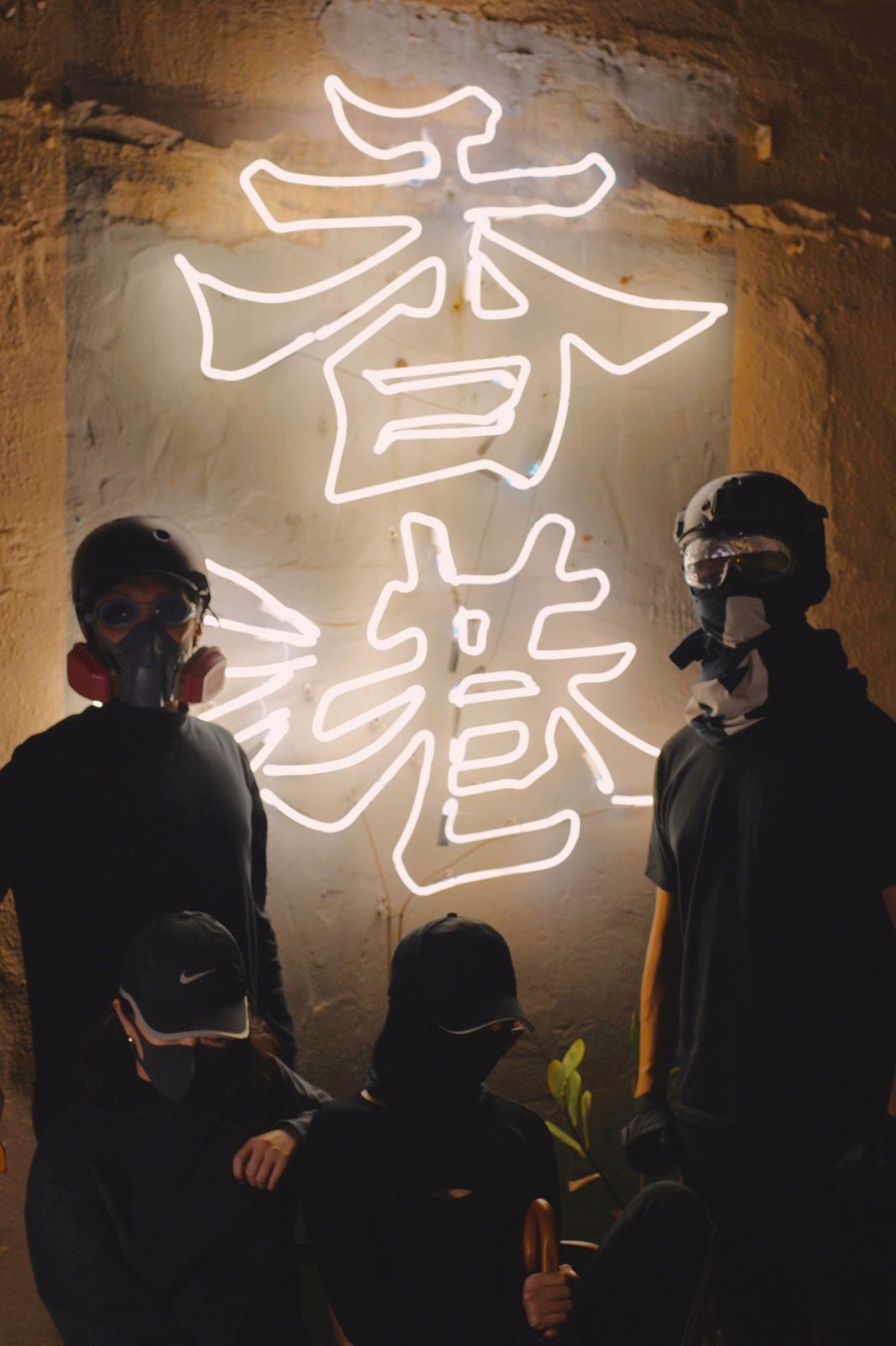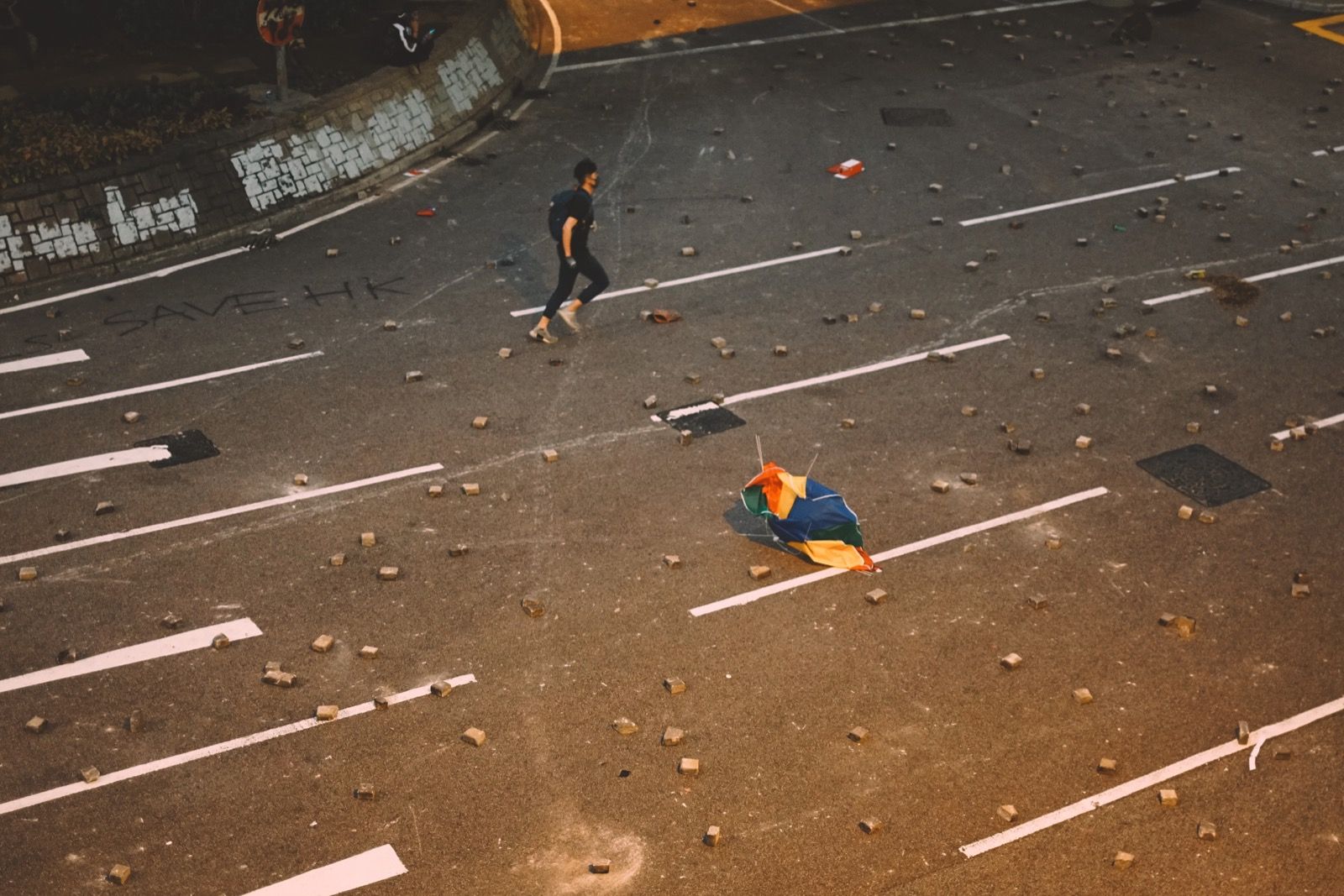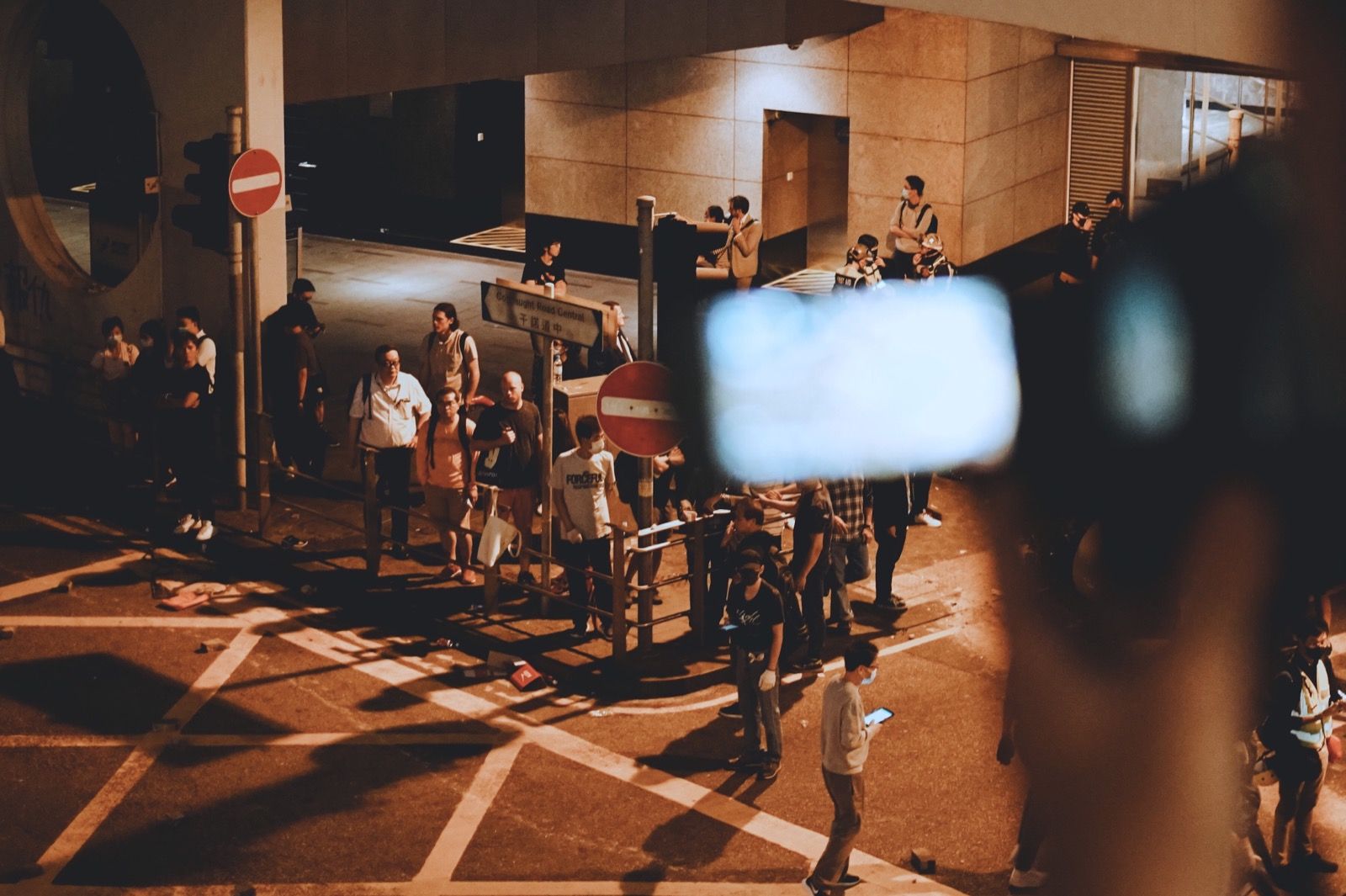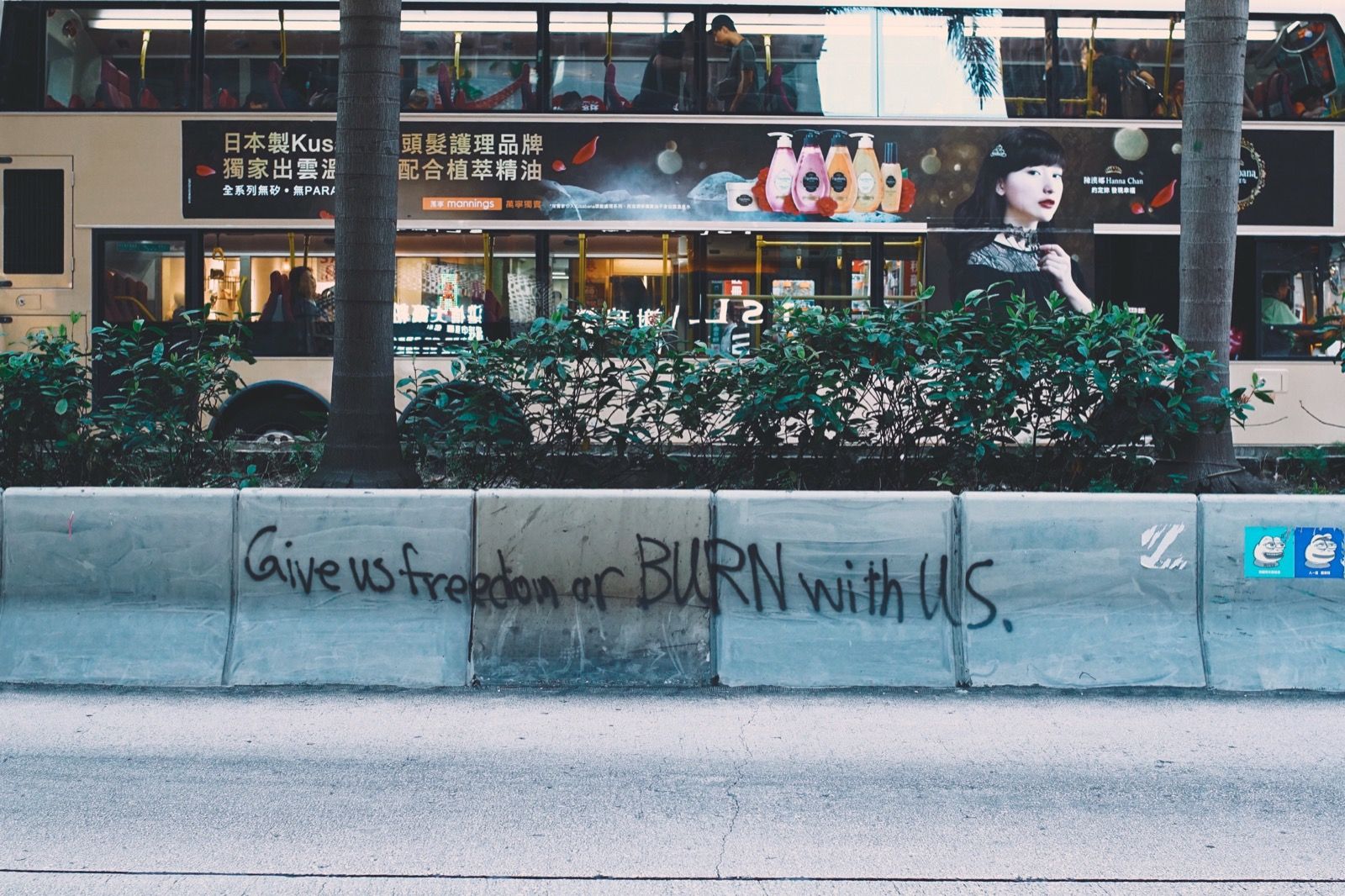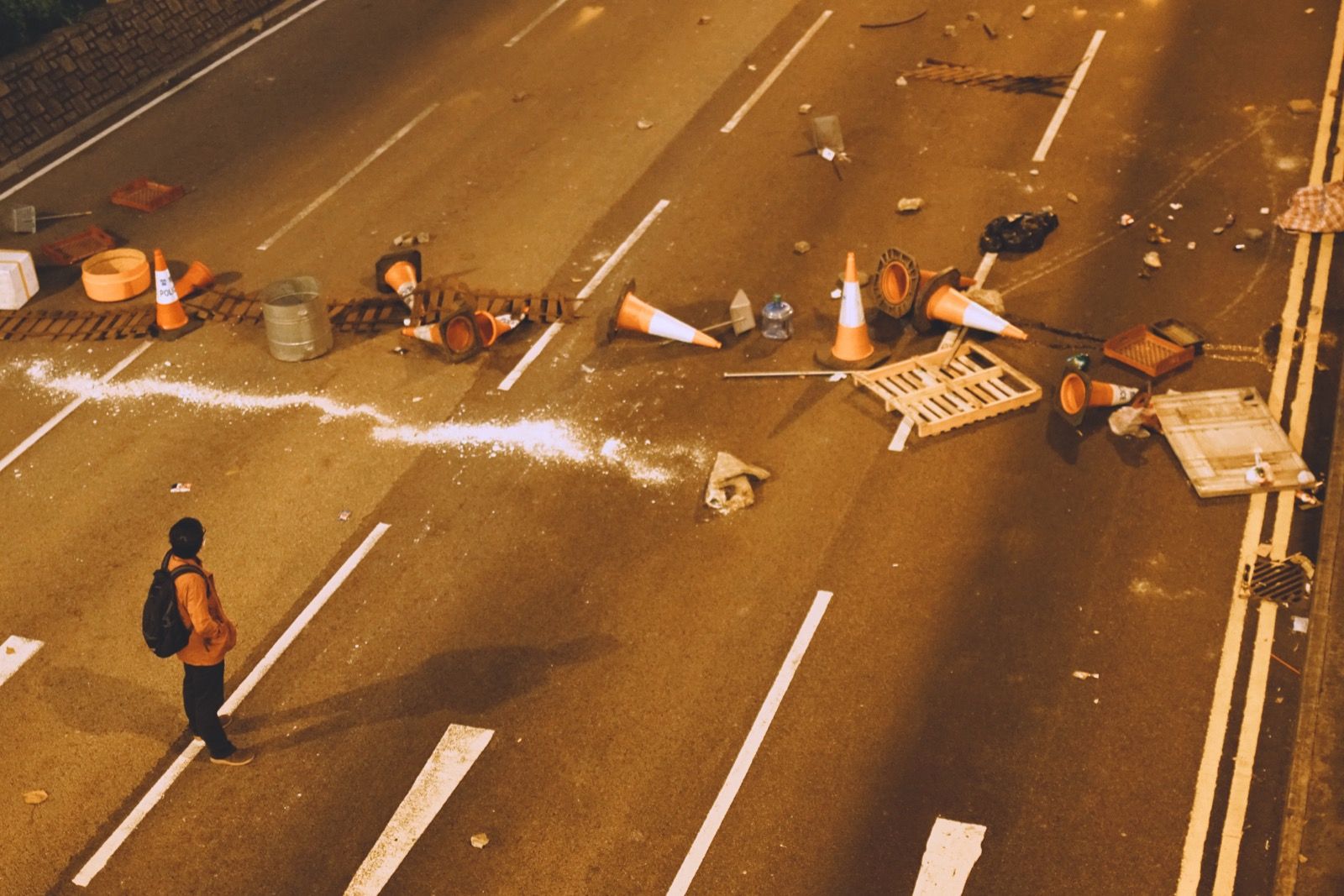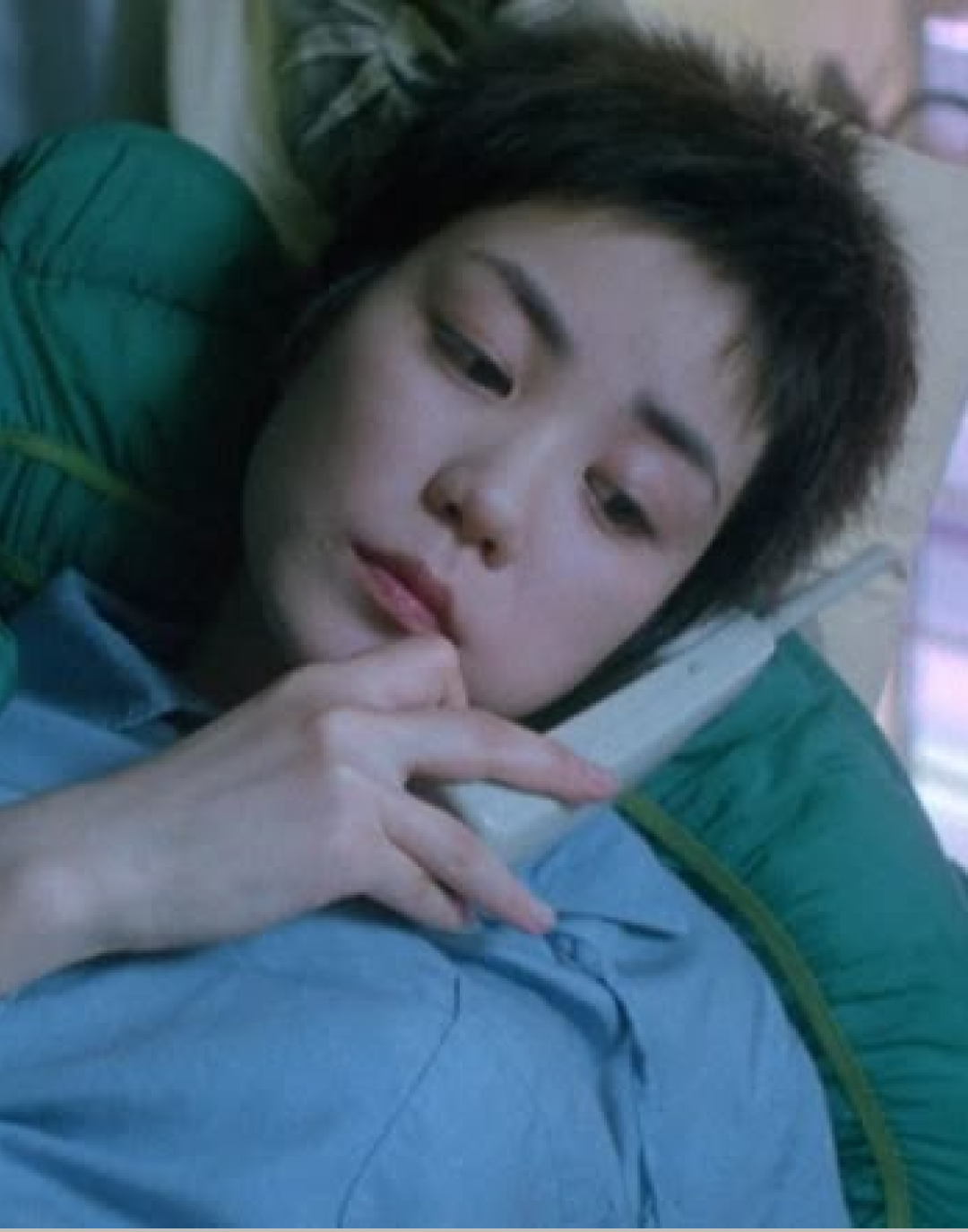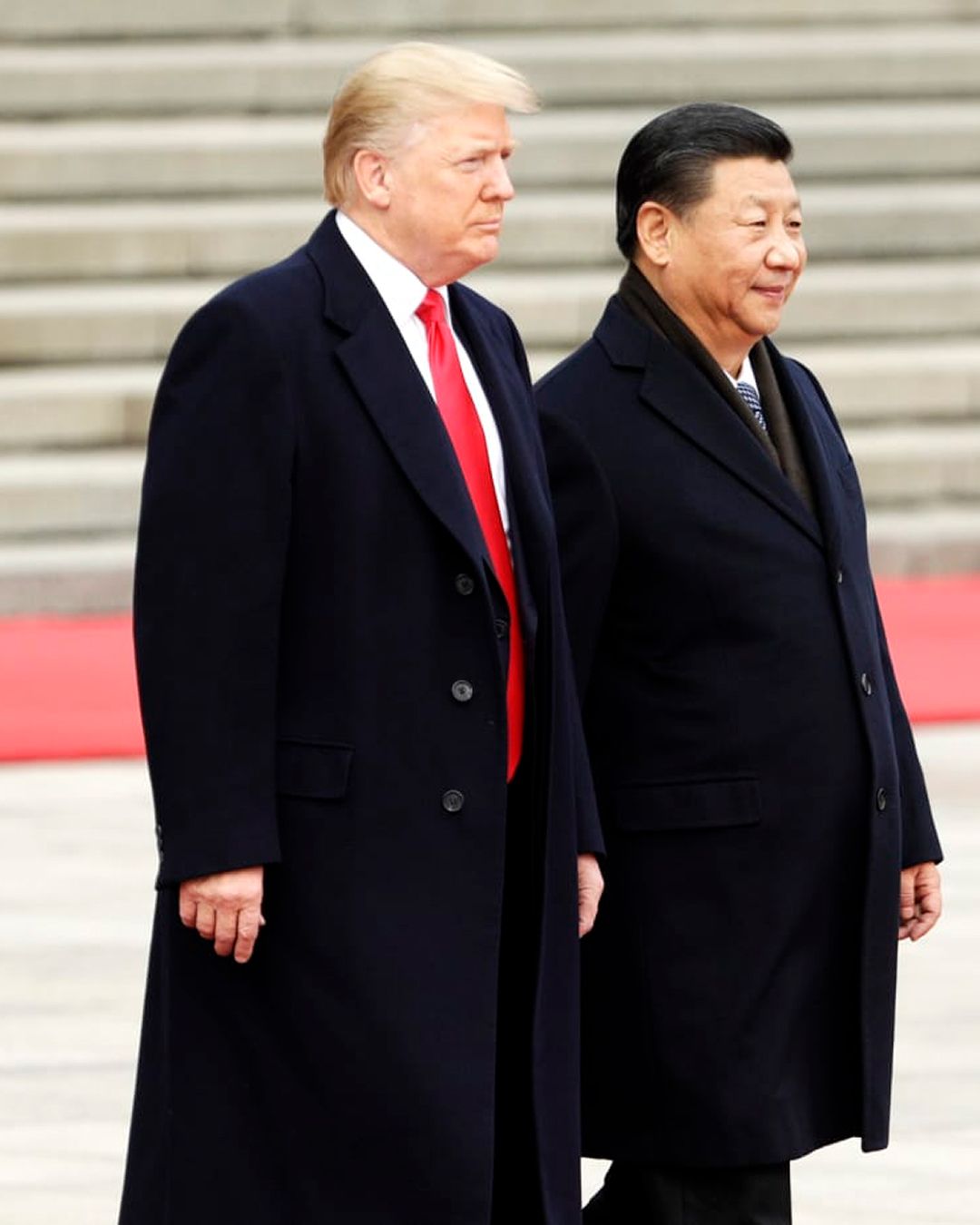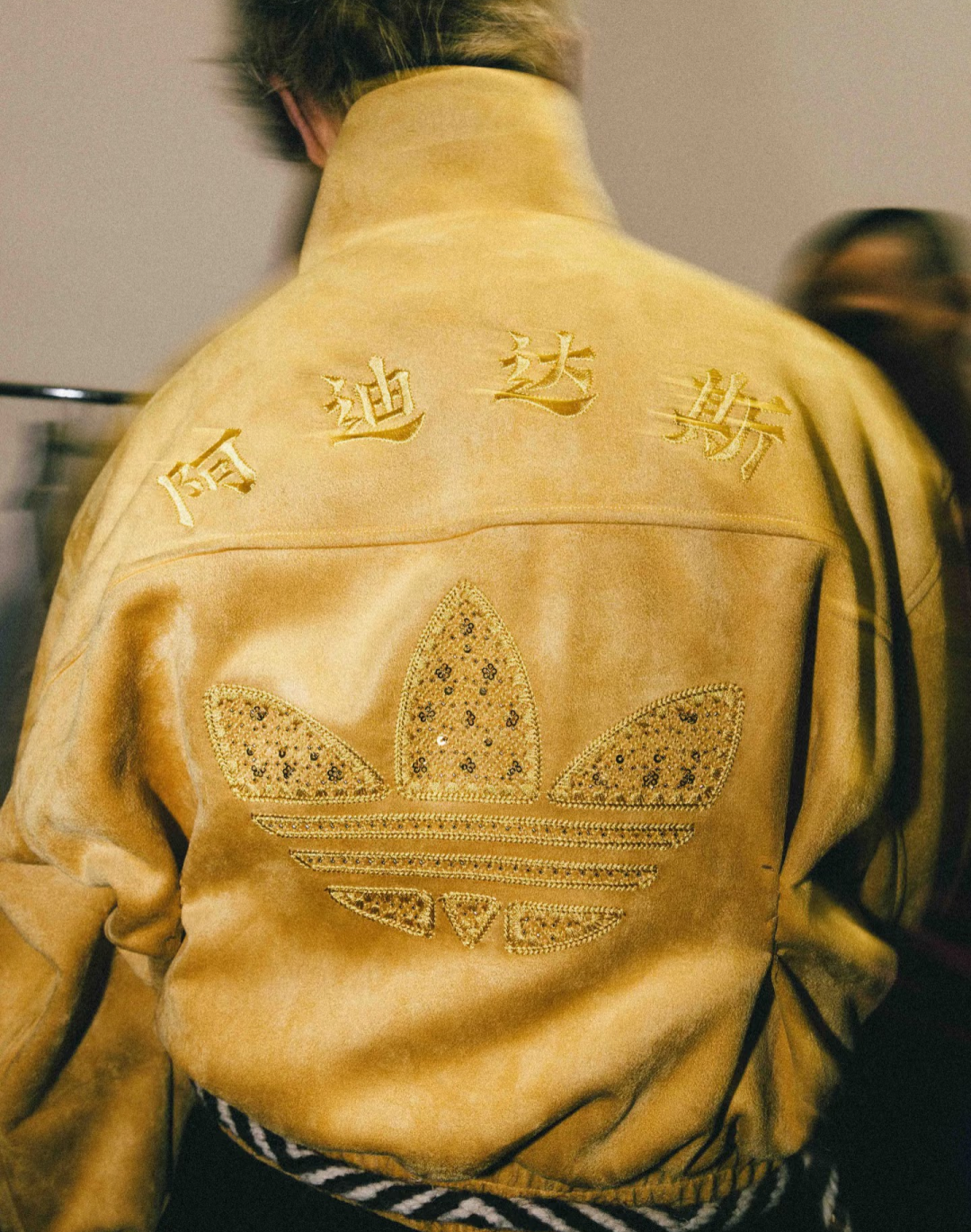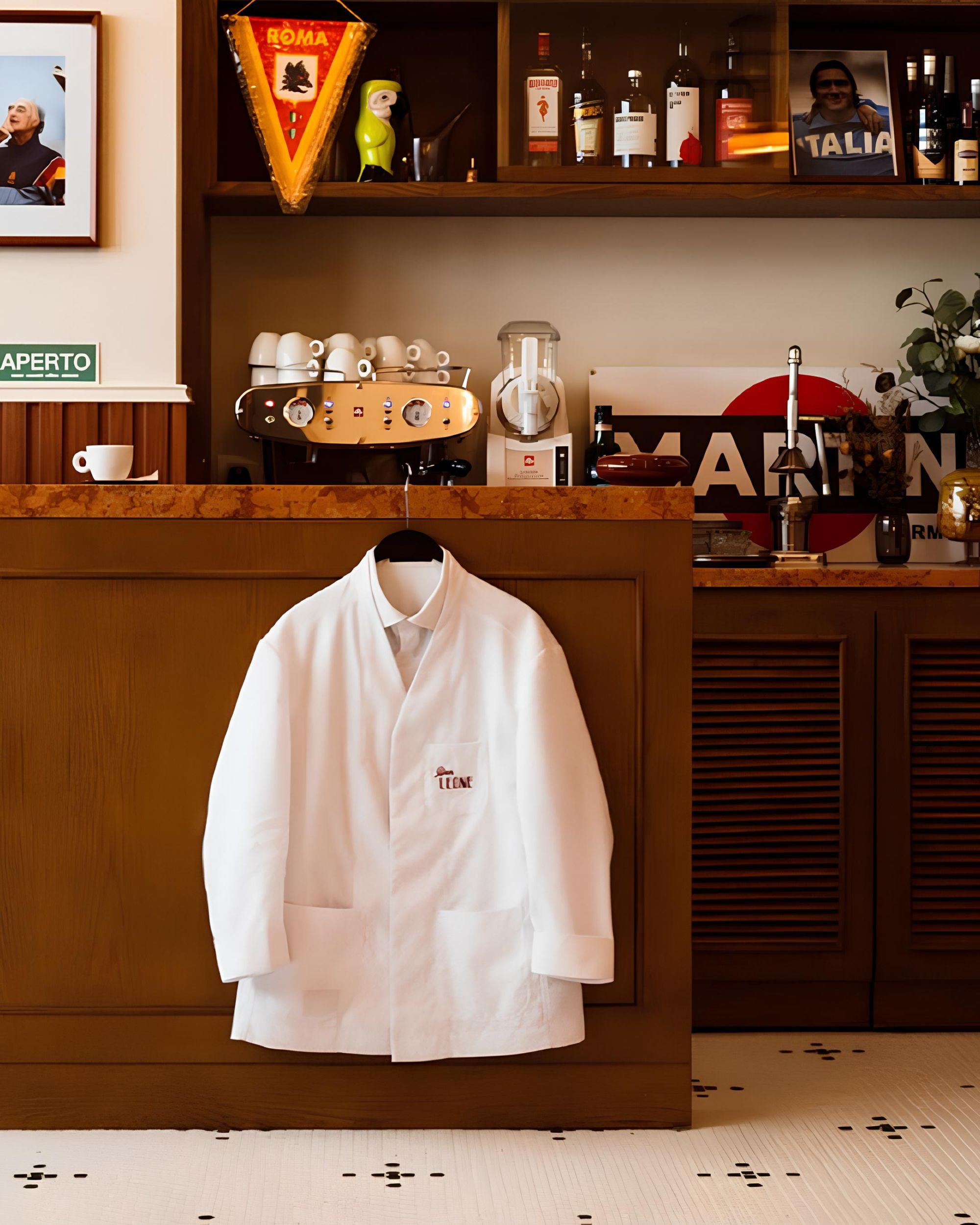
Hong Kong, the revolution and the protest's aesthetic The language of the revolution, through the clothes of the protesters
In July 2019, PHXBUY - one of the most popular Guangdong courier company in China - revealed that it received a note from Chinese customs containing a list of products that could no longer be exported to Hong Kong:
«They include yellow helmets, yellow umbrellas, flags, flagpoles, poster banners, gloves, masks, black T-shirts, metal rods, fluorescent tubes, bludgeon clubs. We cannot take delivery of the above products. ... Thank you for supporting us».
Only a few months later, in October, a South China Morning Post investigation revealed that other large courier companies, such as EXPRESS, had also received similar bans, including other categories of objects, which were often slowed down or stuck on their way to Hong Kong. More than anything else, however, black t-shirts were the emblem of the embargo and soon became the media symbol of an event that also had serious impacts on the Hong Kong retail market: «According to Kayla Marci, market analyst at Edited, Hong Kong's mass market retailers withdrew their assortments of white T-shirts in the last three months compared to the previous month. The percentage fell by 30 percent, driven mainly by a reduction in men's Shirts, while new arrivals of black Shirts increased by 11 percent», wrote Zoe Suen on Business of Fashion. The effect on the trades, however, is only one of the consequences of the Hong Kong uprisings.
Since June 9th, in a growing climax of intensity, Hong Kongers have begun to protest against the measures put in place by the Hong Kong government and its leader, Carrie Lam, under pressure from the Chinese government. All these measures will allow in 2046 to complete the transition from the "one country, two system" put in place in 1997 (when the UK ceded Hong Kong to China) to a system that will see a Hong Kong fully controlled by the Chinese Communist Party. It all stemmed from an extradition bill which, if in force, would give the Hong Kong government the power to deport detainees, mainly political ones, to China. It's not difficult to imagine why the protests erupted and escalated after the withdrawal of the amendment proposed by the government.
Despite geographical continuity, the cultural roots of the two peoples could not be more different. A survey conducted by the University of Hong Kong from 1997 to 2016 asked the adult inhabitants of Hong Kong with which ethnic group they identified, and 68% answered "Hong Kong inhabitants" and not "Chinese". Chinese culture is even lower, and has reached almost 0% in 2019. As Vivienne Chow wrote in the Post: «Changing Hong Kong people’s traditions won’t make them love China». Several media outlets agree that the events in Hong Kong are a major failure for the Chinese Communist Party, which has enraged an entire generation that grew up under the influence of the red flag but has never felt part of the Chinese state. A discord that in the violent riots of recent weeks, in which thousands of young people were arrested (more than 6,000, according to official reports) was often symbolized by a black shirt.
Black quickly became the visual symbol of Hong Kong's resistance, the "color of protest», as an article by Vanessa Friedman in The New York Times. «Remains a hugely significant form of oppositional dress," writes Dr. Erin Vearncombe. Friedman's piece also features statements from two researchers at the University of Brighton that: «The uniquely affective, declarative and performative capacity of clothing has long served as a central communicative element for political activism and demands for social reform. Clothing has often been used to form a "non-verbal resistance" never so evident as in recent times».
As Friedman pointed out, black has historically been the color of protest: historical examples are the Black Panther movement, the Black Bloc and, more recently, members of the "Time's Up" movement at the 2018 Golden Globes. In addition, as said Dr. Tommy Tse, Professor of Media and Culture in the Department of Sociology of the University of Hong Kong at Business of Fashion: «It creates a strong visual effect in aerial photos taken by the media, symbolizing a sense of unity and determination against an unprecedented suppressive police state».Black, therefore, manages to create a fundamental aesthetic in the age of digital communication, in a battle that is also played out in the field of ideologies and communication.
The masks also immediately played a key role in the fight against the authorities. In October, during the 18th week of protests, Carrie Lam announced a total ban on street masks, using an old law with colonial heritage to bypass current regulations that allowed Hong Kongers - especially for health reasons - to wear masks in public and during public events. "We believe that the new law creates an effective deterrent against the most violent masked protesters," Lam said. The masks served and were used by Hong Kong protestants to avoid the highly sophisticated facial recognition techniques available to the Chinese government. As Fortune explained, China is the world leader in artificial intelligence, with four different AI startups already valued at more than one billion.
Facial recognition is used daily to "help citizens take out trash, keep an eye on students who fall asleep in class or people who pass by red - besides, THE Aisle is allowing China to profile a wide ethnic Uighur minority.' Despite the state-imposed ban, people keep wearing masks, why? "Because of police surveillance," Bonnie Leung, former leader of the Civil Human Rights Front, said in an interview, while Dennis Kwok (pro-democracy political activist) strongly rejected the comparisons between bans on masks in countries such as France or the USA , deeming them fully democratic, whereas in Hong Kong there is no single executive or legislative body elected by the people.
Hong Kong Free Press - one of the few independent and English-language media outlets - told of a kind of evolution of the protest outfit in Hong Kong, which began in 2014 - in what was called the "Umbrella Revolution" (which were used both as a shelter from the scorching sun both to defend themselves from the police) - has come to include what in the media has been called "full gear": colorful helmets, umbrellas, glasses and gas masks . As the Washington Post points out: «For all Hong Kongers, this is a checklist of protective equipment needed to participate in or document the protests that plunged semi-autonomous territory from China into a political crisis».
The masks are the most popular items ever, necessary both to defend themselves from the gases and shots that are fired by the police at human height and that in August almost lost an eye to a protester, which soon became one of the symbols of the Hong Kong resistance. The repercussions have often been even more serious during the very long months of protest. «In addition, many of the victims are young protesters, and the circumstances of their deaths are suspicious».
Many of the causes of those deaths are considered controversial and difficult to relate to the causes listed as official. The New York Times highlighted all the contradictions within a protest that Hong Kong's leaders say would not be supported by everyone. However, during the local elections held on November 24th, this divisive rhetoric was unquestionably debunked: 71% of those eligible to vote went to the polls, where pro-democracy candidates achieved a majority in 17 districts out of 18. An overwhelming, clear victory, which seems to tell a different story from the one that China would like to hear and which slightly puts aside this supposed contradiction. One that would seem above all generational, and it's no coincidence that one of the nerve centers of the protests were the universities. The young inhabitants of Hong Kong, perfectly cosmopolitan and accustomed to living in a city that over the years has become known for the crazy gentrification, unbridled rents but above all for the vibrant cultural, financial and artistic activity will hardly be able to adapt to a lifestyle, the Chinese one, so diametrically opposed to theirs. So they have no one left to fight.










































